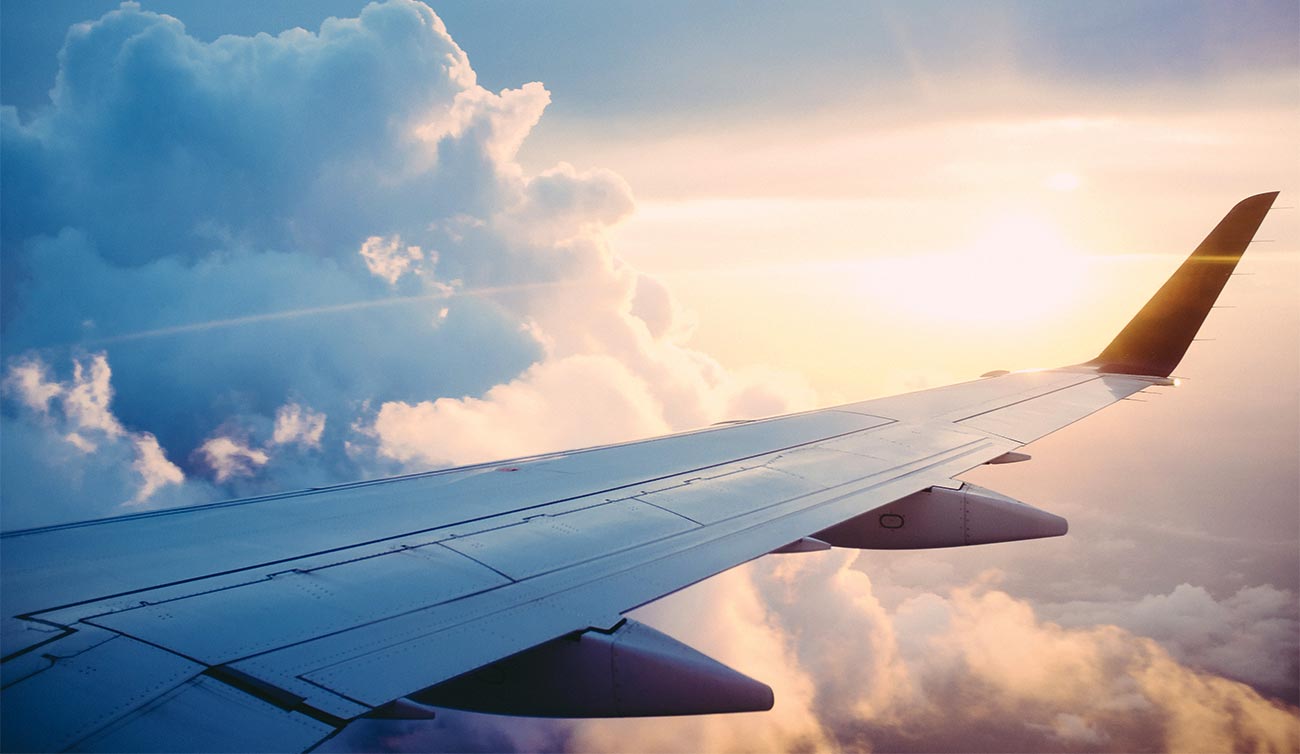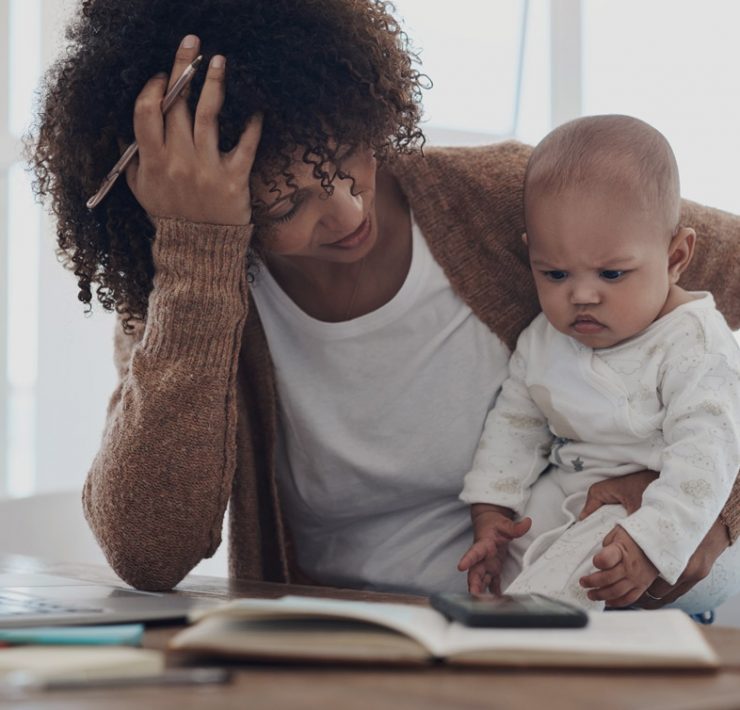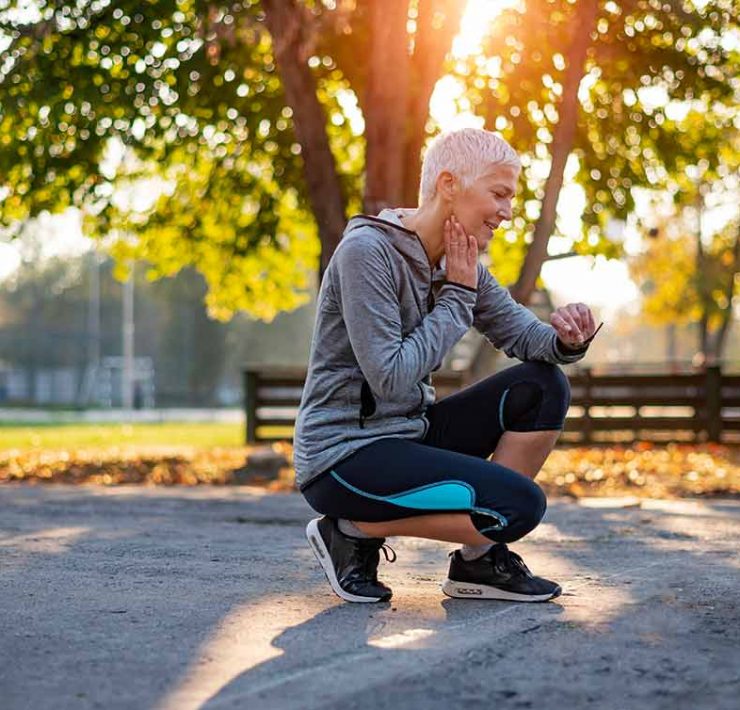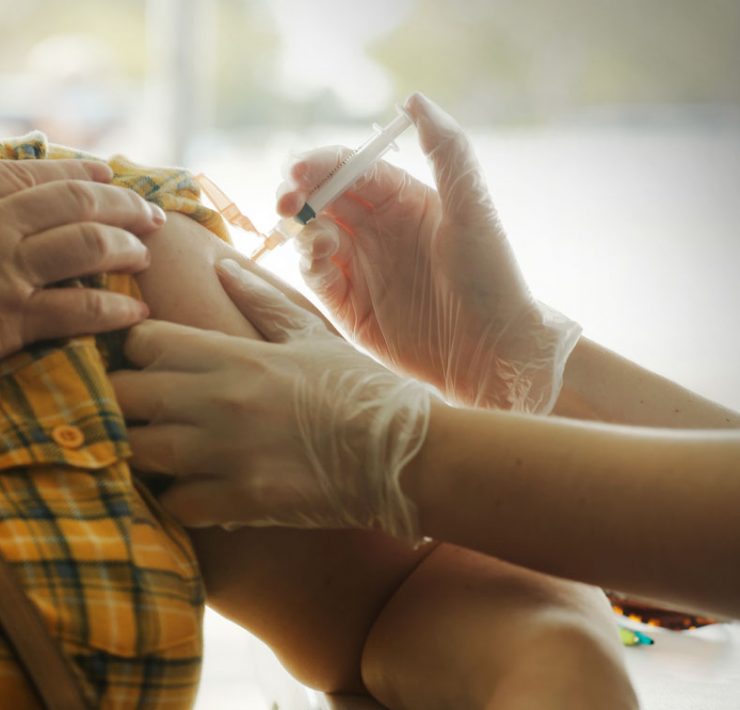It’s been a long pandemic year. With COVID-19 cases on the decline since the start of 2021, stir-crazy Americans are aching to make up for a year spent mostly at home. Though the CDC still advises against non-essential travel, travelers are nonetheless flying the friendly skies, whether because they’re missing faraway family, following the siren’s call of spring break, or just can’t delay that business trip any longer.
Before you go wheels-up, here are some essential planning tips to ensure a safe and snag-free travel experience.
Before Your Travel Day
- Research COVID-19 precautions instituted by your airport, airline, and hotel. As of February 2, 2021, masks are required on all US flights. Find out if your airline is still blocking middle seats, if your hotel offers outdoor seating in restaurants or bars, and what the property’s housekeeping and safety policies are.
- Research the testing requirements for your destination. Many countries and some domestic locations require COVID-19 testing documentation for entry or to avoid quarantining upon arrival. Find out if your destination requires a negative test and what type of test is accepted. The majority of destinations accept any PCR test (and some accept antigen tests), but some countries require a specific type of PCR test called the RT-PCR, such as Anguilla, the Bahamas, and India. Find out how close to your arrival date you should be tested. A common window of time is within 72 hours of departure, but some countries are more lenient. For example, Jamaica requires testing documentation anytime within 10 days of arrival.
- Get tested, preferably 1–3 days before departure. This can now be done in many pharmacies, walk-in clinics, and doctors’ offices. If you’re in the greater NYC area, Zeel offers in-home appointments for COVID-19 PCR and RT-PCR tests, delivered by a registered nurse, which can be used for travel purposes. Results are delivered within 48 hours, so you’ll rest easy knowing your documentation requirements will be met.
Travel Day
- Arrive early. Early arrival means you’re more likely to avoid long lines at check-in and security and thus less likely to be forced into close contact with others.
- Beware frequently touched surfaces. That includes handrails, elevator buttons (use your elbow), and x-ray scanner bins. You can’t avoid touching everything, of course, so make sure to keep your hands away from your face—COVID-19 is transmitted through mucous membranes, which include your mouth, nose, and eyes.
- Double mask. Two masks are better than one, and they’ll increase your protection in any communal area, including on the plane. Consider a face shield for additional protection of your eyes. And remember to pack extra masks!
- Avoid crowds. To the extent that you can, say no avoidable lines and other flocks of people, whether it’s at Starbucks or baggage claim. Wait for the crowd to dissipate, then make your move.
- Wash your hands. A LOT. This is still one of the best defenses against COVID-19. Wash for a full 20 seconds at all the normal turns (pit stops, before eating, etc.), and then some. If you use a hand sanitizer, make sure it has 60% alcohol or higher. And pack extra, as airport shops go through their supply quickly!
- Wipe down surfaces, and skip the in-flight magazines (sorry, Sky Mall). The CDC encourages wiping down communal surfaces like trays, armrests, air nozzles, and in-flight entertainment systems with an alcohol-based wipe. According to the World Health Organization, transmission “may occur between passengers who are seated in the same area of an aircraft, usually as a result of the infected individual coughing or sneezing or by direct contact with surfaces that other passengers touch.”
- Window seat for the win! Take your window seat and don’t get up. You’re less likely to cross paths with potentially sick people.
- Air flow is key. The air in a jet airliner is constantly circulated—to the tune of 20-30 total changes per hour—and passed through high-efficiency particulate air (HEPA) filters. To get the most from this ventilation, JAMA suggests positioning the overhead air nozzle to point straight down at your head, keeping it on at full capacity.
Home Sweet Home
- Get tested again. Once you return, remember to get re-tested preferably with a PCR test 3-5 days after your trip.
- Stay in, stay safe. Many states recommend self-quarantining for at least 7 days after travel, even if your test is negative. We know that can be tough, especially after the taste of jet-setting normalcy you just experienced, but if there’s anything we’ve learned from the pandemic, it’s that the return to total normalcy is only possible when we all work together, for all of our wellbeing.
Happy (and healthy) trails, 2021 travelers!
Are you in the NYC metro area?
Zeel offers in-home COVID-19 PCR testing for individuals, families, and businesses. Our network of trusted, licensed nurses will come directly to you, collect samples in just a few minutes, and you’ll get your results within 48 hours. Book a COVID-19 PCR Test Now →
Lola has served as an editor for a variety of luxury lifestyle magazines in South Florida and began her career as a copy editor for The Miami Herald. She holds a master’s in print journalism. Now she multitasks her new role as a mother with her role as a freelance writer.







